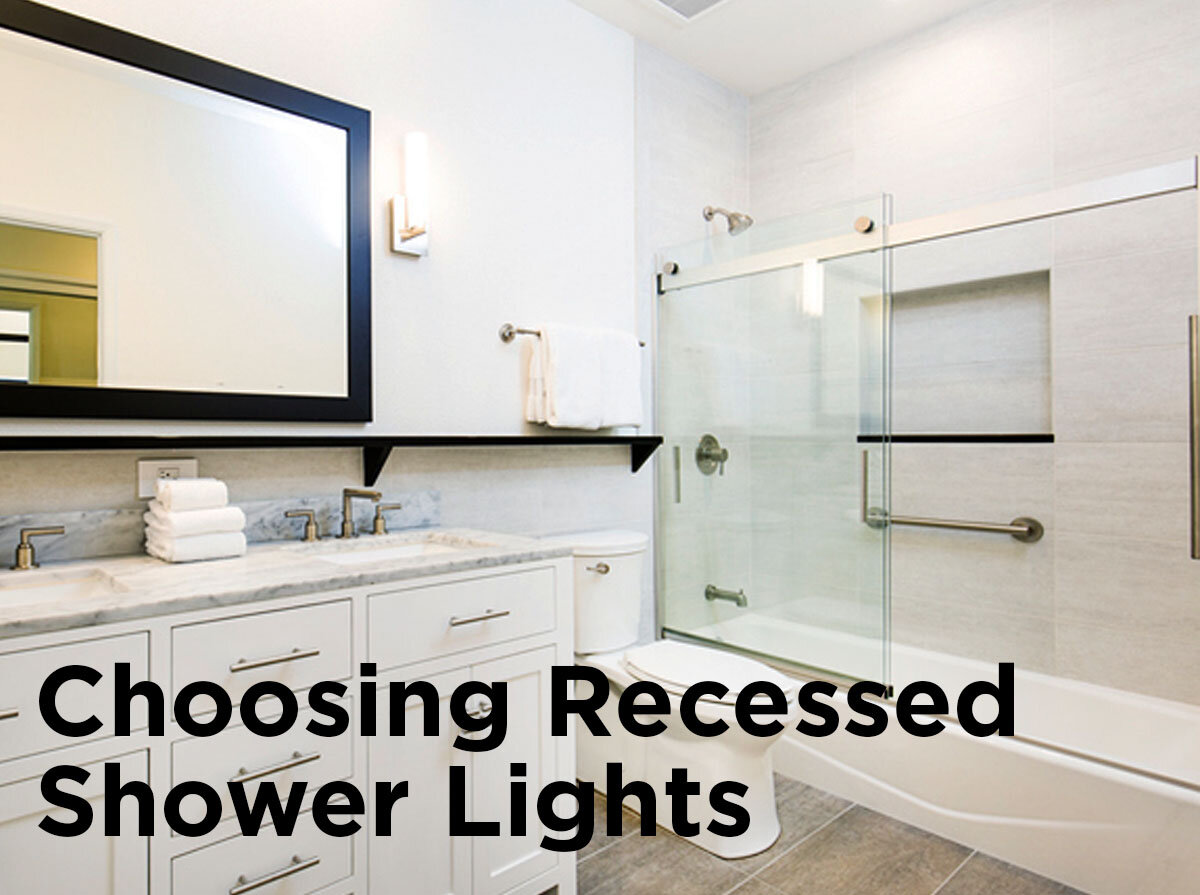As we race through summer and into fall, it’s not a bad idea to prepare for the coming winter. Last winter, many cities across the US saw substantial snowfall and freezing temperatures. Doubtless, many of you also noticed the formation of ice dams on your roofs and in your rain gutters. On their own, an ice dam isn’t damaging, but any degradation in your roof can lead to leaks and water damage inside your home. It’s a shame since one way to prevent this is a simple replacement of your downlights. Surprised? Let’s take a look at ice dams and how your current lights might be the cause.
Insulation and Clogged Vents
Ice dams form when excess attic heat warms your roof and melts any snow or ice on its surface. This water refreezes at the edge of the roof where it’s colder, then traps liquid water between the ice dam and the warm roof higher up. This water is pushed back up the roof and can slide in between shingles where it drips into the attic. From there it can ruin insulation or leak into walls and the ceiling, causing substantial water damage. Usually, your roof heats up because of insufficient insulation or clogged vents in the attic. To prevent ice dams from forming, the point is to make sure that the roof stays cold while the house stays warm. You could reinsulate the attic and place the insulation on the roof itself (a method that is becoming more common, but doesn’t work with traditional fiberglass) or you could try to prevent warm air from entering the attic in the first place. This second method is much easier in an existing building. You’ll find that recessed lights are a major source of attic heat, making them one of the first things you should check if you’re having problems with ice dams on your roof.
Fixing Downlight Heating
If your housing has holes or shows light from below, it's not air tight.
Downlights put out a lot of heat through convection (the transfer of heat through air). Most of the time they aren’t insulated properly either. Both of these problems are why they are a major factor for the formation of ice dams. The best method is to install an airtight, IC-rated downlight. The insulation above the downlight housing should be just as thick or thicker than the surrounding insulation. If all of the insulation in your attic is the same depth (everything is flat) then you may not have enough insulation covering your downlights. Recessed downlights stick up into the attic and will replace some of the insulation with empty space. Insulation should look thicker above a downlight housing since the housings stick out. But don’t forget that you should NEVER place insulation directly in contact with a non IC-rated downlight.
If your downlights are not airtight or they aren’t IC rated, you should construct an airtight box out of rigid foam insulation and seal it in above the downlight housing using insulating foam. For non-IC rated housings, be sure to make the space within the box match the minimum safe distance for your downlight housing. By placing this box over the downlight, not only will you insulate the housing as normal, you’ll also prevent warm air from filtering into the attic.
If neither of these are a viable alternative, you can switch out your current downlights for LED or CFL downlights. The higher your wattage, the more British Thermal Units (BTUs) of heat you put out. A single watt of power is equivalent to 3.4 BTUs, which means that a 60 watt incandescent downlight puts out as much heat as a large candle. A few hours of constant heat from multiple lights in an enclosed area will make a substantial difference in temperature. While still producing some heat, LEDs and CFLs run substantially cooler than the traditional incandescent lamps used in recessed downlights. The reduced heat output will help to keep attic temperatures down throughout the winter, preventing your roof from heating up and keeping ice dams from forming.
Don’t forget that keeping your roof cold will prevent ice dams. You can do this the costly way by replacing all of the insulation in your attic with rigid foam under the roof, or you can seal and insulate any downlights you have installed to prevent heat buildup in your attic. Usually, you’ll find that replacing your downlights is simpler. If you have any other suggestions for preventing or dealing with ice dams, we’d love to hear about it. Just comment below or send us a quick message through Facebook, Twitter, LinkedIn, or Pinterest!







